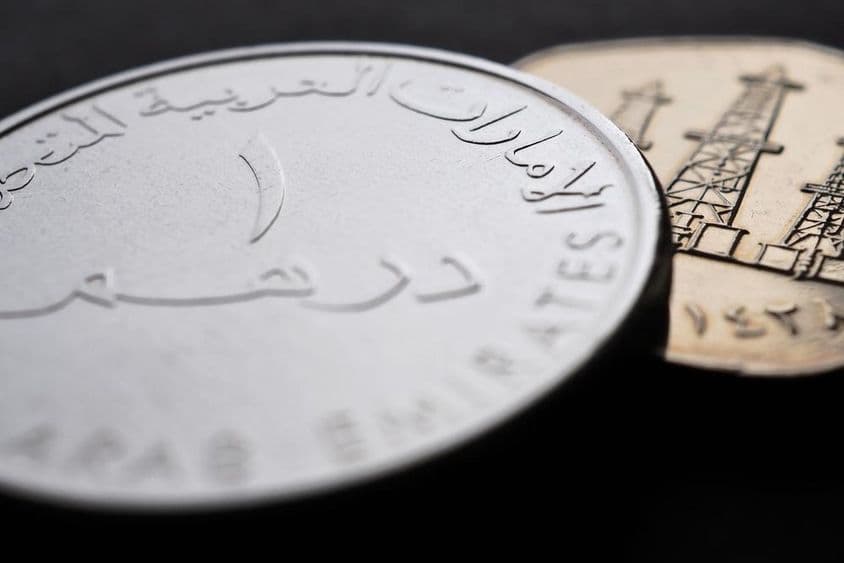UAE's Bold Move: Interest Rates Slashed

The Central Bank of the United Arab Emirates has reduced its key interest rate for the Overnight Deposit Facility (ODF) by 25 basis points, from 4.90% to 4.65%, effective November 8. This move closely follows the U.S. Federal Reserve's similar quarter-point rate cut, which was implemented to promote economic growth and maintain economic stability in the USA.
Why is this important for the UAE's economy?
The Fed's decision impacts not only the American economy but also the global economy, especially those countries whose currencies are pegged to the U.S. dollar. The UAE dirham is pegged to the U.S. dollar, which means changes in U.S. interest rates directly affect the financial policy of the Emirates. Therefore, the Central Bank of the UAE often synchronizes its actions with the U.S. Fed's decisions to maintain the dirham's stability and ensure financial system balance.
How does this affect business and consumer loans?
The interest rate cut is expected to boost lending interest in both the business and consumer sectors. With lower interest rates, companies can access cheaper financing, which expands investment opportunities and stimulates business growth. This can be particularly beneficial for small and medium-sized enterprises, which rely heavily on access to credit for expansion and job creation.
On the consumer side, lower interest rates provide more favorable conditions for large loans, such as those for car and home purchases. This can increase consumer demand, positively impacting local markets and contributing to growth in economic activity.
What impact could this have on investments?
A lower interest rate environment also encourages investment risk-taking. With lower rates, investors are more inclined to take on higher risks in hopes of higher returns, such as in stocks or real estate. The UAE, especially Dubai and Abu Dhabi, is considered an attractive investment destination in the real estate sector and the world of tech startups, so the rate cut could make these sectors even more appealing to both foreign and local investors.
The risk of inflation
The rate cut also carries inflationary risks, as cheaper borrowing and increased spending can drive prices higher. The challenge for the Central Bank of the UAE will be to keep inflation in check while continuing to support economic growth. Inflationary pressure could particularly affect the prices of basic food items, housing, and energy, making it crucial for financial policy to closely monitor market processes.
The outlook
The current rate cut signifies the Central Bank of the UAE's commitment to maintaining economic stability while adapting to the global financial environment. In the long run, such measures could contribute to sustainable economic growth and further strengthen the country's financial sector.
The decision also serves as a reminder for businesses and households to prepare for future rate changes, which could be adjusted again depending on the global economic situation.
If you find any errors on this page, please let us know via email.


